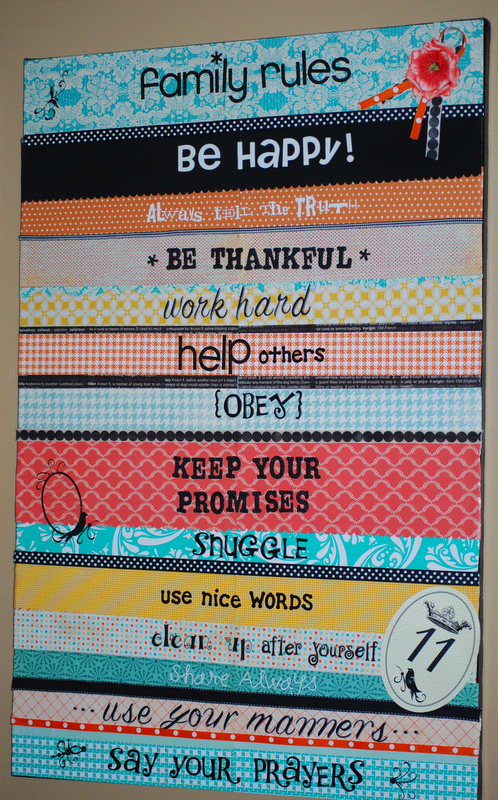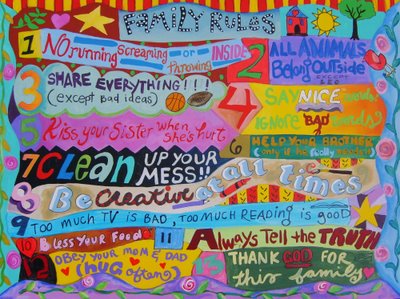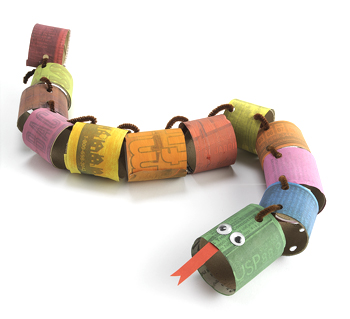Birth to 1 Year Old
Â
Babies grow and change dramatically during their first year. They begin to
Â
§ Develop some control over their bodies. They learn to hold up their heads, roll over, sit up, crawl, stand up and, in some cases, walk.
§ Become aware of themselves as separate from others. They learn to look at their hands and toes and play with them. They learn to cry when their parents leave and to recognize their own names.
§ Play games. Babies first play with their own hands. Later they show an interest in toys, enjoy “putting in and taking out†games and eventually carry around or hug dolls or stuffed toys.
§ Relate to others. Babies first respond to adults more than they do to other babies. Later they notice other babies, but they tend to treat these babies as objects instead of people. Then they pay attention when other babies make sounds.
§ Communicate and develop language skills. Babies first cry and make throaty noises. Later they babble and say “mama†and “dada.†Then they make lots of sounds and begin to name a few familiar people and objects. They begin to enjoy hearing rhyming and silly language.
Â
What Babies Need
Â
§ Loving parents or caregivers who respond to their cries and gurgles and who keep them safe and comfortable;
§ Opportunities to move about and to practice new physical skills;
§ Safe objects to look at, bat, grab, bang, pat, roll and examine;
§ Safe play areas; and
§ Many opportunities to hear language, to make sounds and to have someone respond to those sounds.
Â
Â
Developing Trust
Â
Feeling your touch, hearing your voice and enjoying the comfort of physical closeness all help your baby to develop trust.
Â
Music
Â
§ Gently move your newborn’s arms and legs. Or tickle her lightly under the chin or on the tummy. When she starts to control her head, lie on the floor and put her head on your chest. Let her reach for your nose or grab your hair. Talk to her and name each thing that she touches.
§ Place your baby on your belly. Some research has shown that such contact releases chemicals called endorphins that help your child feel comforted. In addition, such contact builds stomach and back muscle strength that is essential as your child learns to crawl.
§ Sing and cuddle with your baby. Hold him snuggled in your arms or lying face up on your lap with his head on your knees. Make sure the head of a newborn is well-supported. Sing a favorite lullaby.
§ Include happy rituals in your baby’s schedule. For example, at bedtime, sing the same songs every night, rock her or rub her tummy.
§ Pick up your crying baby promptly. Try to find out what’s wrong. Is he hungry? Wet? Bored? Too hot? Crying is your baby’s way of communicating. By comforting him, you send the message that language has a purpose and that someone wants to understand him.
§ To entertain your baby, sing an action song. For example:
Â
If you’re happy and you know it, clap your hands!
 If you’re happy and you know it, clap your hands!
 If you’re happy and you know it and you want the world to know it,
 If you’re happy and you know it, clap your hands!
If you don’t know lullabies or rhymes, make up your own!
Â
§ Dance with your baby. To soothe her when she’s upset, put our baby’s head on your shoulder and hum softly or listen to recorded music as you glide around the room. To amuse her when she’s cheerful, try a bouncy tune.
Â
Babies need to become attached to at least one person who provides them with security and love. This first and most basic emotional attachment is the start for all human relationships.
Â
Touch and See!
Â
Whenever they are awake, babies are hard at work, trying to learn all about the world. To help them learn, they need many different things to play with and inspect. Objects you have around your home offer many possibilities.
Â
A wooden spoon with a face drawn on the bowl
Different textured fabrics, such as velvet, cotton, corduroy, terry cloth, satin, burlap and fake fur
An empty toilet-paper or paper-towel roll
Pots, pans and lids
An old purse or basket with things to put in and take out
Measuring cups and spoons
Boxes and plastic containers
Large spools
Noisemakers (rattles, keys, a can filled with beans)
Â
§ Let your baby look at, touch and listen to a variety of objects. Objects that are brightly colored, have interesting textures and make noises are particularly good.
§ Put one or two of the objects in a play area where your baby can reach them—more than two may confuse him. (Many of the objects will interest toddlers and older preschoolers. For example, babies love to inspect a paper towel roll. But a 4-year-old might use it as a megaphone for talking or singing, a telescope or a tunnel for a toy car.)
Â
Babies begin to understand how the world works when they see, touch, hold and shake things. Inspecting things also helps them to coordinate and strengthen their hand muscles.
Â
Baby Talk
Â
Babies love hearing the voices of the people in their lives.
Â
§ Talk to your baby often. Answer her coos and gurgles. Repeat the “ga, ga’s†she makes and smile back. Sometimes, you can supply the language for her. For example, when your baby stretches her arm toward her bottle and says, “ga-ga-ga,†say, “Oh, you’re ready for some more milk? Here’s your milk. Isn’t it good!â€
§ Say or read to your child nursery rhymes or other verses that have strong rhythms and repeated patterns of sound. Vary your tone of voice, make funny faces and sing lullabies. Play games such as “peek-a-boo†and “pat-a-cake†with him.
§ Play simple talking and touching games with your baby. Ask, “Where’s your nose?†Then touch her nose and say playfully, “There’s your nose!†Do this several times, then switch to an ear or knee or her tummy. Stop when she or you grows tired of the game.
§ Change the game by touching the nose or ear and repeating the word for it several times. Do this with objects, too. When she hears you name something over and over again, your child begins to connect the sound with what it means.
§ Point to and name familiar objects. By hearing an object named over and over, your baby learns to associate the spoken word with its meaning. For example, “Here’s your blanket. Your very favorite blanket. What a nice, soft blanket!â€
Â
From the very beginning, babies try to imitate the sounds that they hear us make. They “read†the looks on our faces and our movements. Talking, singing, smiling and gesturing to your child helps her to love —and learn to use—language.










